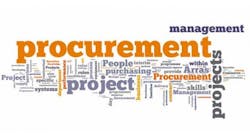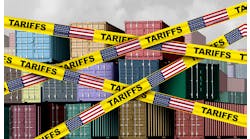To determine how well procurement teams today are balancing cost savings vs risk management to drive growth and to better understand how the role of procurement has changed in our modern business landscape, riskemthods conducted a survey.
The research, “Cost vs. Risk and the Evolving Role of Procurement,” was conducted in late 2017 via an online poll of more than 250 senior procurement executives with day-to-day oversight and management of global supply chains within organizations of all sizes and industries.
“Today’s procurement landscape is evolving, as is the role of today’s procurement leaders,” said Bill DeMartino, General Manager of North America at riskmethods. “Procurement professionals are now tasked with more strategic roles, not only prioritizing cost savings, but understanding and utilizing costs and risks to protect the business and drive innovation,” said Bill DeMartino, General Manager of North America at riskmethods.
“However, we found many organizations are ill-equipped to balance these competing priorities that will ultimately help move their business into tomorrow,” DeMartino added.
Key survey findings include the following:
-- 70% of survey respondents chose “be more strategic and act preventatively” when asked to select the driving reason behind prioritizing supply chain risk management in their organizations. This goes to show the larger strategic role that procurement leaders are being tasked with, and suggests that reactive risk management is becoming less viable.
--49% of respondents said that they have no structured assessment when asked if they possessed a mechanism for measuring supplier impact.
--Only 27% said they have structured, quantitative assessment of financial impact related to supply chains when asked if they possessed a mechanism for measuring supplier impact and 44% have a qualitative assessment of criticality of suppliers, such as substitutability. This is a huge blind spot for procurement teams and businesses in avoiding and mitigating major disruptions.
--58% of respondents said that solving the conflict of their objectives of minimizing risk vs. generating savings is either unclear or just not solved, meaning procurement is operating in a state of fluctuating goals, usually in favor of cost savings where risk could be higher.



